I made these 3 changes to save my variegated rubber plant from losing all of its foliage – here's how you can stop leaf drop, too
These common errors can have a detrimental impact on plant health if left unaddressed
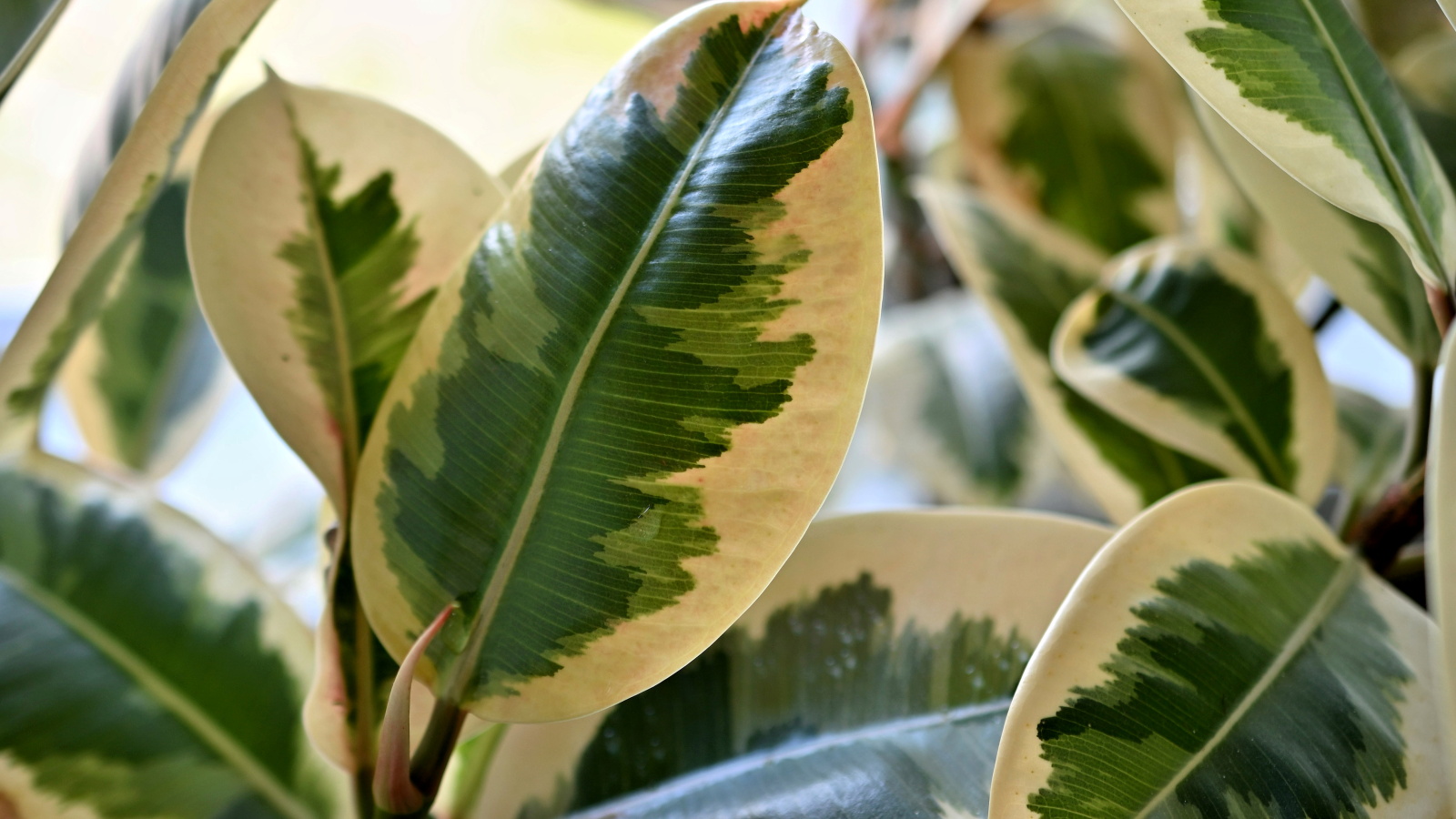

Collecting unique houseplants is one of my favorite hobbies and Ficus Elastica 'Tineke', or variegated rubber plant, is one I wanted for a very long time. It's has the most beautiful creamy colours and that makes it a statement houseplant. That's why I was disappointed to watch the unique leaves drop off soon after finally getting my hands on one.
Rubber plant care is fairly straightforward, but some small errors in their growing environment can lead to a rubber plant dropping leaves. It was clear to me that in the excitement of ticking a plant off my wish list, I didn't take the time to thoroughly check the environment new variegated rubber plant was growing in.
If this scenario sounds familiar, it's likely you made a similar mistake to me. Don't worry though, I was able to rectify the issue and haven't experienced my variegated rubber plant dropping leaves since. Here's how can you save yours, too:
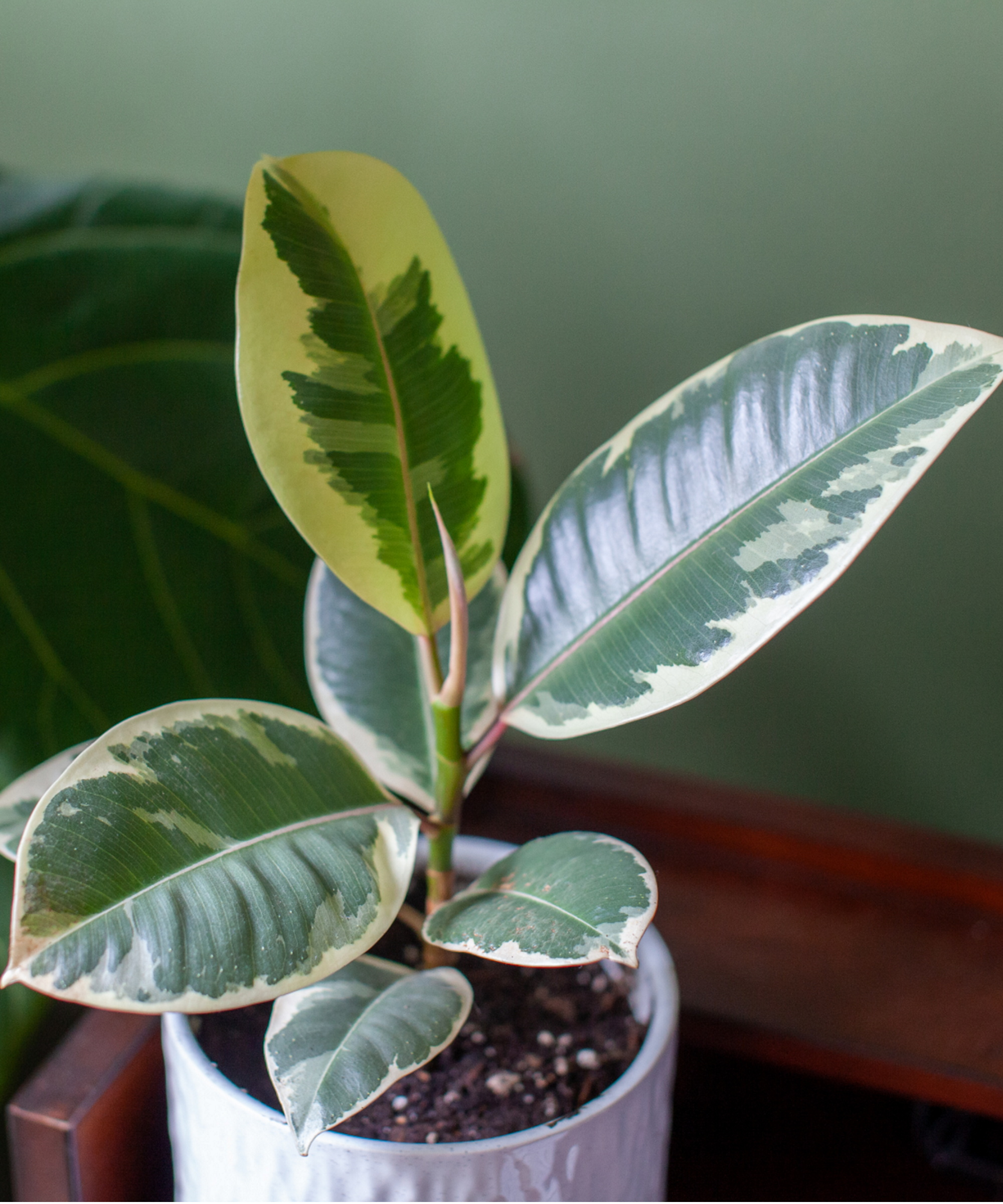
3 common causes of variegated rubber plant leaf drop
It might only be one of these causes behind your variegated rubber dropping leaves, or it could be a combination. Once you've read through the possible causes, assess the growing environment of your rubber plant and make adjustments accordingly to revive it back to health.
1. Overwatering
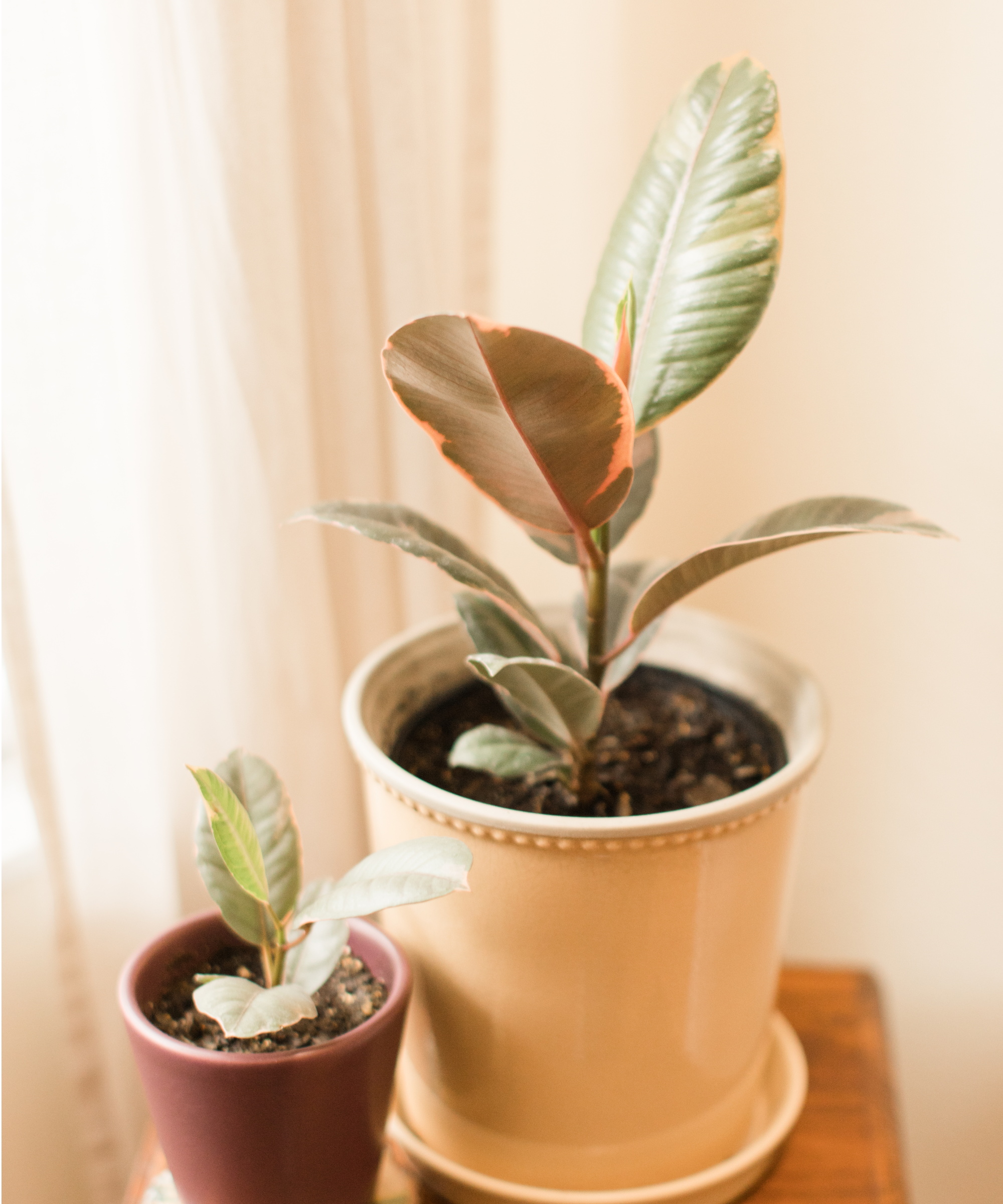
It's no secret that getting watering wrong is one of the biggest common indoor plant mistakes and one that causes a wide range of issues for different houseplants - including leaf drop.
In the case of my variegated rubber plant dropping leaves, oversaturated soil was the main culprit. This is because my plant had already been overwatered in the shop I purchased it from. It was difficult for me to then allow it to dry out sufficiently at home - every time I used my soil moisture meter from Amazon it indicated the soil was still heavily wet after weeks of no watering.
The same thing would happen if you have watered your rubber plant too frequently, leading to issues of houseplant root rot and causing leaves to drop. I even noticed the leaves browning at the edges before dropping.
How did I rectify this? I took my variegated rubber plant out of its pot, removed the wet soil, and repotted it with new, dry houseplant soil (from Amazon). I then continued to use my soil moisture meter before watering my plant again.
2. Cold temperatures
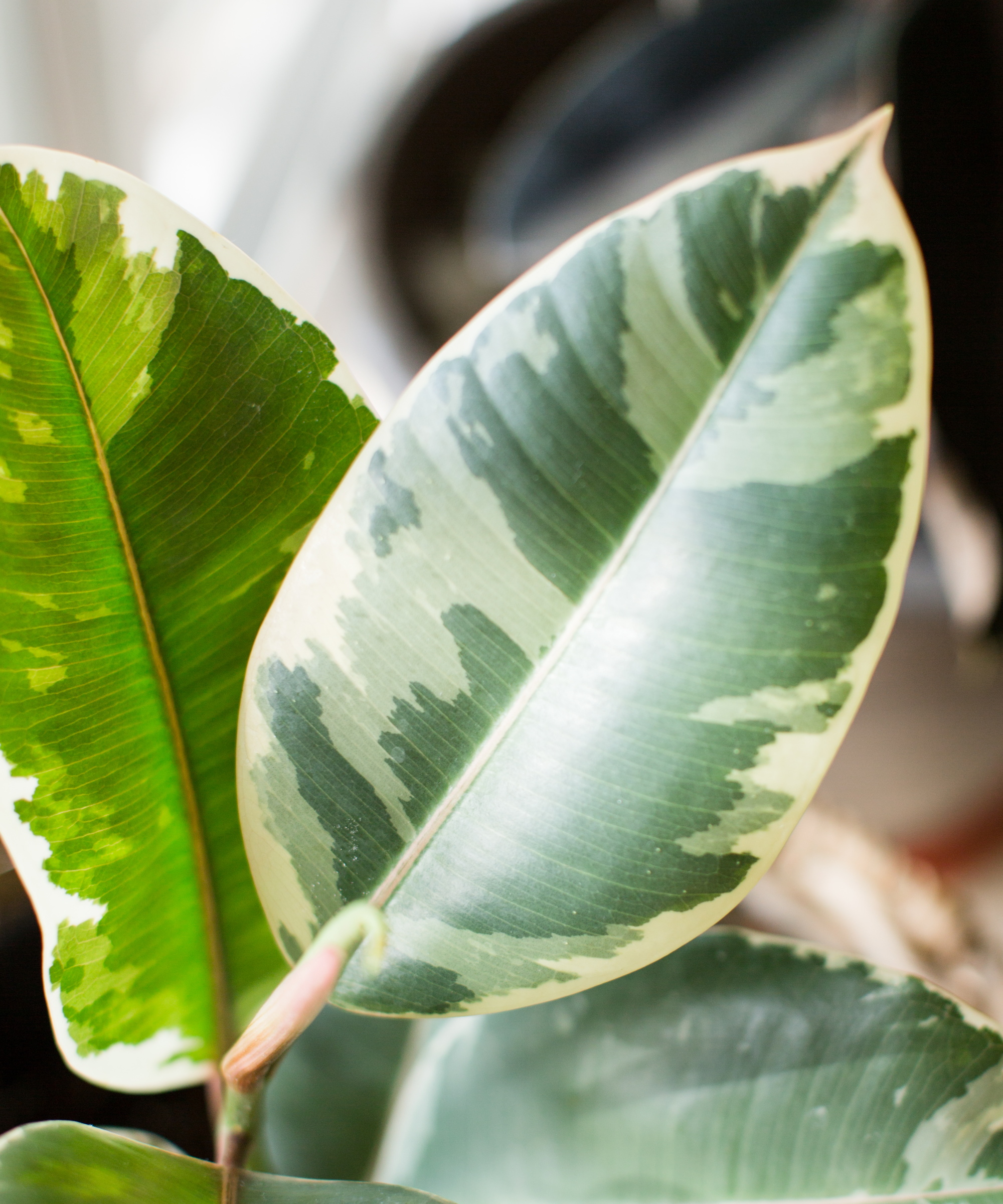
This was a secondary cause behind my variegated rubber plant dropping leaves. Rubber plants aren't cold-tolerant houseplants and the time of year I brought mine home was fall, right before the coldest temperatures arrived.
Rubber plants are native to tropical regions of Southeast Asia and prefer temperatures between 60° and 75°F.
My chilly windowsill in the UK was far from ideal for my variegated rubber plant, and alongside oversaturated soil, the rate of leaf drop increased. Plus, my efforts to stop condensation on my windows didn't fully remove the extra moisture in the air during this time of year, adding to the issue.
Other signs your variegated rubber plant is suffering from cold include discoloring leaves (mine were brown and curling on the edges) and stunted growth.
This issue is quite easy to resolve, however. All you need to do is move your rubber plant somewhere warmer as part of houseplant winter care. There are plenty of ways to keep houseplants warm in winter, too, including using a heat mat from Amazon and wrapping pots with burlap from Amazon.
3. Insufficient light
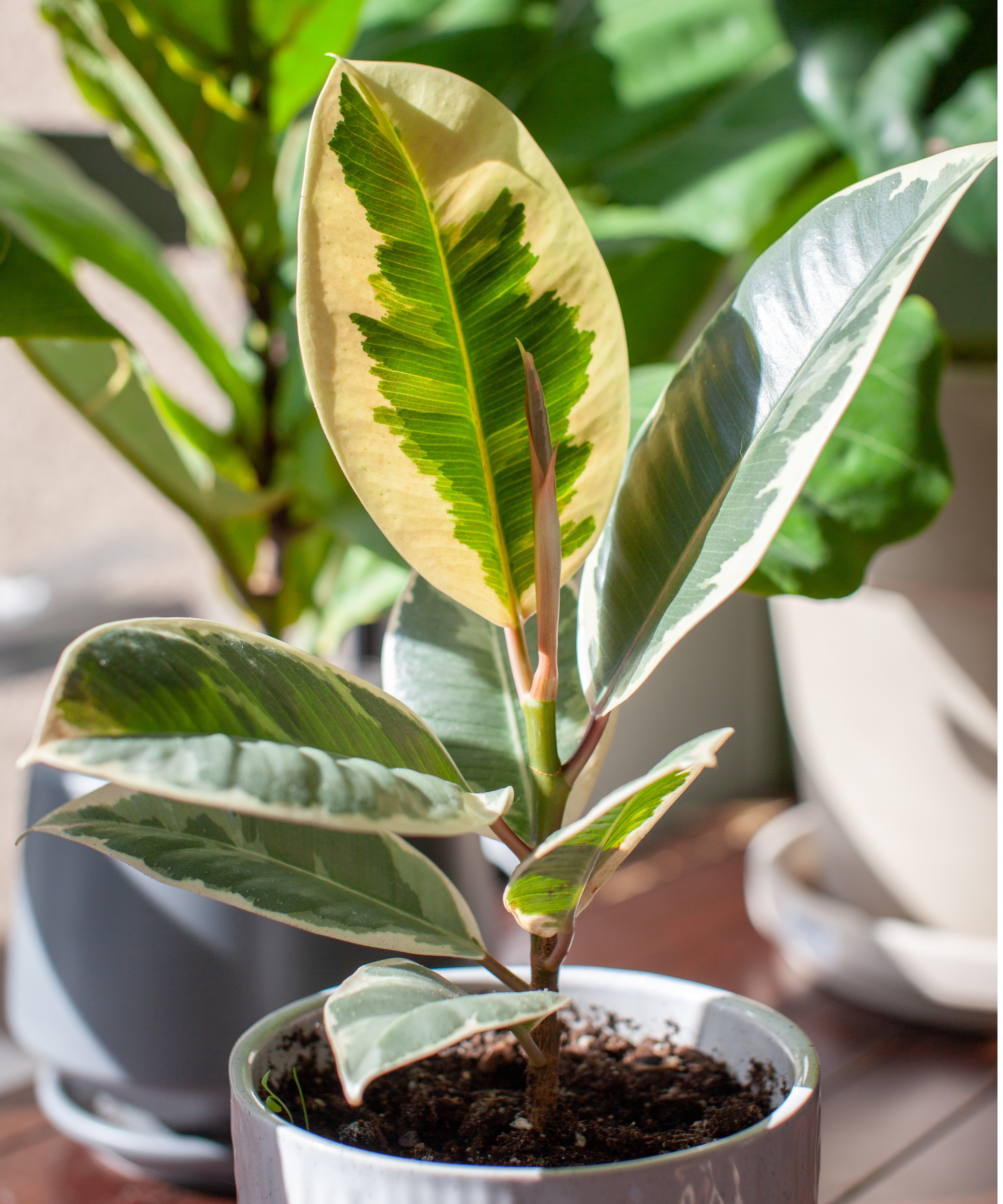
Some plants are indoor low light plants, but this doesn't mean they can cope with no light at all - rubber plants included. In fact, insufficient light levels are particularly important to avoid when growing variegated rubber plants and other variegated indoor plants.
This is because bright light is needed to maintain the beautiful colors and patterns of variegated rubber plant foliage. Too little light and you'll likely notice the colors fade and new growth will appear a solid green color.
Alongside factors of incorrect watering and chilly room temperatures, insufficient lighting can lead to leaf drop, as your variegated rubber plant isn't receiving essential plant nutrients for growth and isn't able to carry out essential plant processes from sunlight.
To resolve this cause of variegated rubber plant dropping leaves, move your plant somewhere brighter and use this grow light from Amazon to boost light levels. Grow lights for houseplants are particularly useful during the darker days of winter.
FAQs
Do variegated rubber plant leaves grow back?
Rubber plants won't grow new leaves where previous ones have dropped. Instead, the right growing conditions and optimal care will encourage new growth at the top of your rubber plant. However, it is possible for your rubber plant to grow a new branch from a leaf node where leaves have dropped. In fact, you can even prune rubber plants in this way to encourage bushier growth and to avoid them becoming leggy.
By adjusting the moisture levels of my variegated rubber plant and moving it to a better growing environment, I was able to save it from losing all of its foliage. However, it's worth knowing that there may also be other causes behind a variegated rubber plant dropping leaves.
For example, many common houseplant pests can weaken a plant and cause foliage to discolor and drop off. Luckily, there are plenty of ways to get rid of spider mites on houseplants and get rid of aphids on houseplants.
Sign up to the Homes & Gardens newsletter
Design expertise in your inbox – from inspiring decorating ideas and beautiful celebrity homes to practical gardening advice and shopping round-ups.

Tenielle is a Gardens News Writer at Homes & Gardens. She holds a qualification in MA Magazine Journalism and has over six years of journalistic experience. Before coming to Homes & Gardens, Tenielle was in the editorial department at the Royal Horticultural Society and worked on The Garden magazine. As our in-house houseplant expert, Tenielle writes on a range of solutions to houseplant problems, as well as other 'how to' guides, inspiring garden projects, and the latest gardening news. When she isn't writing, Tenielle can be found propagating her ever-growing collection of indoor plants, helping others overcome common houseplant pests and diseases, volunteering at a local gardening club, and attending gardening workshops, like a composting masterclass.
You must confirm your public display name before commenting
Please logout and then login again, you will then be prompted to enter your display name.
-
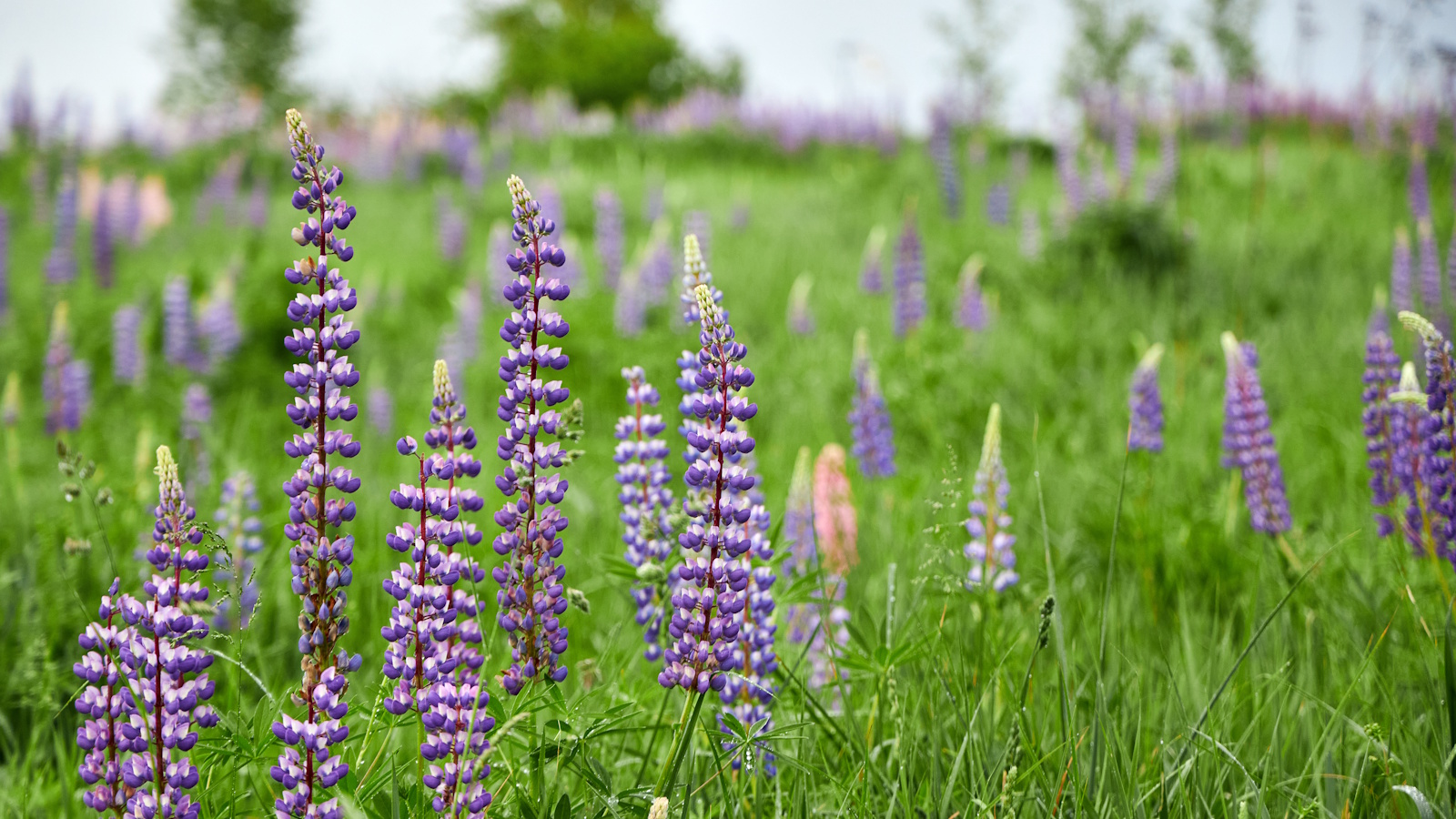 How to grow lupine – expert advice on growing this dramatic and vibrant cottage garden flower
How to grow lupine – expert advice on growing this dramatic and vibrant cottage garden flowerVibrantly colored flower stalks make swathes of lupines a sight to see in meadows and cut flower gardens alike
By Ellen Wells
-
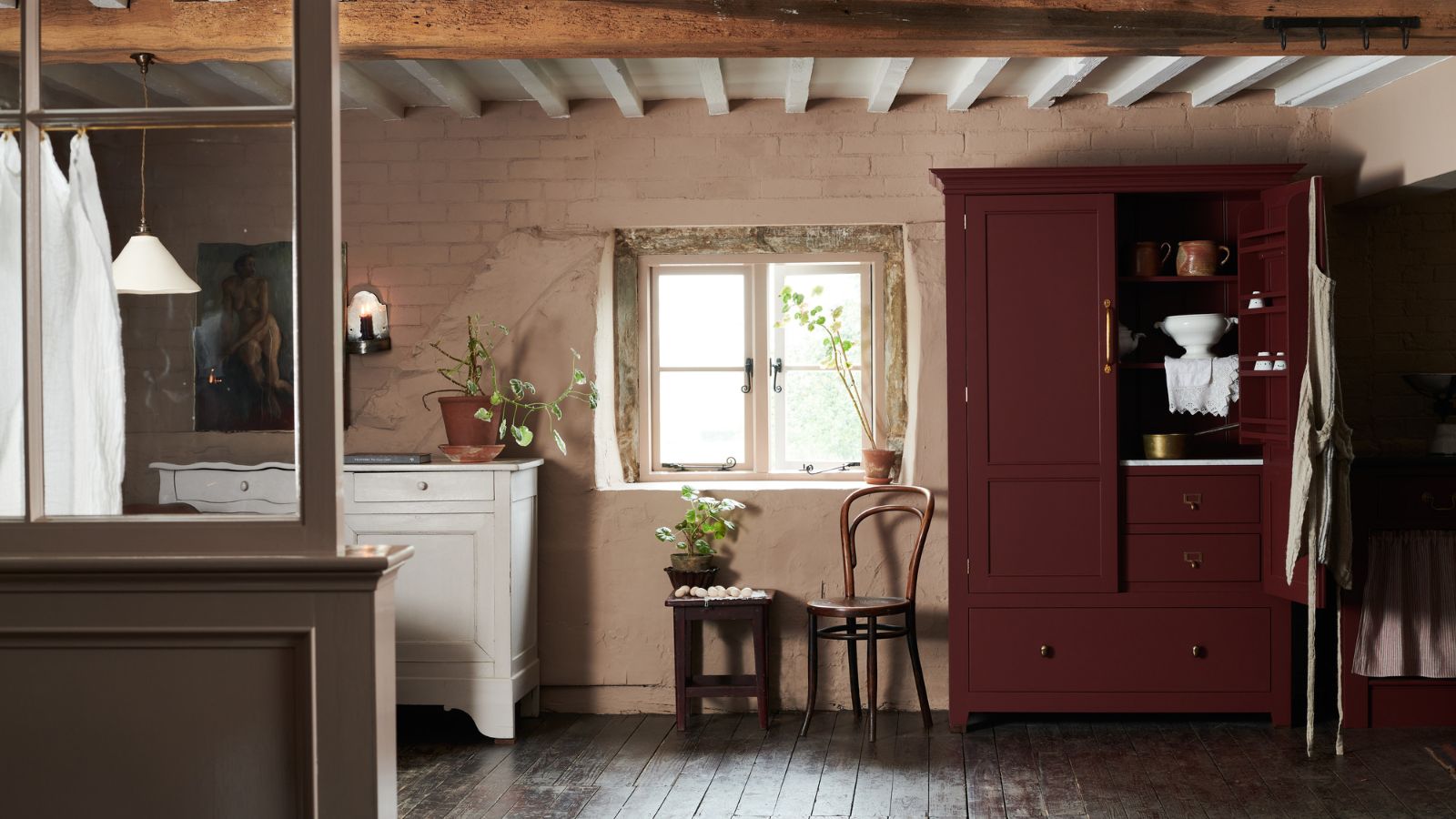 I’m a professional cleaner, and I swear by these quick and easy tips to clean pet hair from wooden floors
I’m a professional cleaner, and I swear by these quick and easy tips to clean pet hair from wooden floorsStaying on top of the mess makes it 10 times easier
By Carolina Kazimierski